The Ultimate Guide to Jane Austen in Bath, UK
I stood on a hill overlooking Bath, and picked out the places that Jane knew well. Straight ahead of me towered Bath Abbey and next to it The Pump Rooms, where Jane would have socialised in the afternoon. To the west I mapped out Gay Street, where she lived for a while, and just north of it The Assembly Rooms, where she attended balls and evening parties. Behind me was Lyncombe Hill and Widcombe, where Jane enjoyed walking, and in the very spot I stood, she too embraced the scenery.
Jane lived in Bath from 1801-1806, when England’s high society flocked to the city for its supposed health benefits – her parents moved the family here to follow that fashion. Today, remnants of her time in Bath can be found all across town; some are more obviously signposted while others require a little insider knowledge.
My connection with Jane Austen runs a little deeper than casual reader – even more so after researching this piece. Jane was a strong, bold, quick-witted woman. She swam against the flow, was unwilling to buy into the silly games of her time’s society, and refused to even entertain the idea of marrying for money or status – at a time when it was expected of women. No, Jane was a rare breed of fabulous. She paved the way for women with gumption, and I aspire to be as observant, astute, and gloriously deadpan as Jane in my own writing.
// Love Bath? The city is featured in our print travel journal, A Year in the UK & Ireland, out now //
So I was naturally drawn to Bath to dig deeper. Jane’s was a love/hate relationship with the city (perhaps a little more of the latter), but it nevertheless had a huge impact on her life and work; there’s a little piece of Jane’s story to be discovered around every corner…
Bath Novels – Northanger Abbey and Persuasion
Jane set two of her novels in Bath – Northanger Abbey and Persuasion. These portray life in Bath at the beginning of the 19th century, as Jane would have experienced it. I highly recommend reading these both – first Northanger Abbey then Persuasion – either directly before your trip or during your stay, as a way to immerse yourself in Georgian Bath and understand Jane’s feelings towards the city. Northanger Abbey was written at the end of the 1700s and revised while she was living in Bath, and Persuasion was completed a decade after she left.
It’s widely acknowledged that Jane had mixed feelings towards Bath. When Jane first visited the city right at the end of the 1700s, she enjoyed her time here; it would have been an exciting change for a young girl from the country, but that didn’t last too long. You can feel her exhaustion with Bath progressing through her novels, and there’s a distinct difference between the Bath Jane portrays at the beginning of Northanger Abbey, and the city she presents years later in Persuasion.
‘They arrived in Bath. Catherine was all eager delight; her eyes were here, there, and everywhere.’
– Northanger Abbey
Catherine was Northanger Abbey‘s heroine, and like Jane she was also from the country and spent some time in Bath as a young girl: the above quote was the moment at which she first saw the city. This could have been drawn from Jane’s real life reaction to Bath when she came to the city in the 1790s. Compared to their country residences, Bath was a vibrant, lively, exciting place – imagine you’re a teenager arriving in Times Square in New York for the first time. ‘It is just the place for young people’, declares Mrs Allen, whom Catherine stays with in Bath, and she was quite right. It’s likely that Jane would have felt the same as Catherine and been excited on arrival – lulled in by Bath’s dazzling bright lights and roaring social scene. Moments of doubt and words of warning from other characters are peppered into the novel, but Catherine stays relentlessly enamoured with Bath throughout.
It’s a differnt story in Persuasion. Although this novel is often referred to as one of Jane’s ‘Bath novels’, the main character – Anne Elliot – doesn’t arrive in Bath until around half-way through, and reluctantly so. Jane doesn’t write about the city’s lively parties in Persuasion anywhere near as much as in Northanger Abbey, and when they are referred to, its with a tired, unimpressed tone – Jane had been there and done that by this point, writing this novel so long after she left. You can almost feel her rolling her eyes at the charade of high society in Bath. While Northanger Abbey is filled with sweeping passages of quotes like ‘Oh, who can ever be tired of Bath?’, you’ll find nothing of the sort in Persuasion.
‘There had been three alternatives, London, Bath, or another house in the country. All Anne’s wishes had been for the latter… She disliked Bath, and did not think it agreed with her – and Bath was to be her home’ – Persuasion
In her book Jane Austen: A Life, Claire Tomalin speak extensively about Jane’s feelings on her family moving to Bath. ‘She may have had an extra reason for bitterness if she suspected her parents’ intentions in choosing Bath, which was not only an old people’s pleasure ground but also a place for husband-hunting’. It’s clear to see from reading Jane’s works that she liked poking fun at the absurdities of the women of her era being carted off to town to find a suitor. It’s evident that she was not the kind of girl who clutched her heart at the thought of being married, nor did she enjoy the games and prides of high society – this is where Jane and Bath clashed.
A number of people have told me they wouldn’t visit Bath to discover Jane Austen because they had heard that she despised the city, and while these people have a point, I don’t think it should put you off entirely. Bath is an important part of Jane’s story, and to visit Bath is to step into a world she lived in for a significant portion of her lifetime. There are numerous spots around the city where she found some peace and happiness – Jane’s escapes. Read Northanger Abbey and Persuasion to develop a more rounded opinion of the Bath Jane knew well, and come with an open mind.
The Jane Austen Centre
If you don’t know much about Jane Austen or her time in Bath, it’s a good idea to start at The Jane Austen Centre. Just a few doors down from where Jane once lived on Gay Street and marked by a statue of Jane outside the front door, the Centre not only aims to tell you more about the author’s life and work, but also her family and Georgian Bath in general. If you know a lot about Jane already, a visit could be a little tedious, but it’s a novel and quaint way to kick things off.
The Jane Austen Centre experience begins with a live presentation from one of the centre’s knowledgable experts. They run through a rather thorough history of Jane’s family – what her parents were like, some information about her brothers and sister, and how the family came to be in Bath. I was enthralled throughout; while I’ve read all of Jane’s books and consider myself a fan, I knew nothing about her family, and the presentation shed a lot of light on Jane as a person. For example, we were told that although it was unheard of for a woman during Jane’s time to be a writer, her father was a great advocate of her work, and her mother also wrote a few things herself, privately. I didn’t know these things before being told them at the Centre, and these things clearly played a part in who Jane became.
After the presentation, you are taken downstairs to the exhibition – your Jane Austen expert stays with the group throughout the experience to answer any questions. Plaques and boards of information cover the walls, tables with Georgian tea sets and other typical scenes are arranged, and mannequins are dressed in period costume. You’re given time to stroll around, taking in the parts that interest you. Half way through, a short film is played – more on Jane and her time in Bath. If you’re feeling the part by the end, you can even dress up in Regency clothing provided by the centre – a perfect photo op.
This one’s for the real fanatics. If you’re not a fan of museums, you might find it a little twee and prefer to be out in the fresh air exploring Jane Austen’s Bath, but I can’t deny that I learnt a lot at The Jane Austen Centre.
Where Jane Lived
Jane lived in a number of places during her time in Bath. On arrival, the family moved into 4 Sydney Place, a townhouse that Jane found relatively pleasing, even if she wasn’t happy about the move in general. Tomalin describes in Jane Austen: A Life, ‘No. 4 Sydney Place was a good, well-proportioned, newly built terraced house. It was well placed outside the crowded centre of Bath, but within easy walking distance over Pulteney Bridge.’ This may have been why Jane took to the house positively – it was outside the chaos of the centre of town, and also next to Sydney Gardens, a park in which Jane used to take long walks.
The house today is commemorated by a plaque with Jane’s name on it placed next to the front door; a novelty to visit. Inside the building now is a modern hotel named Bath Boutique Stays. These luxury apartments are decked out with sleek, contemporary furniture and amenities – leather sofas, chunky wooden tables, and thick, soft linen on the super-sized beds. Even though the look has been updated, Bath Boutique Stays advertises itself as one of Jane’s previous homes, so much so that each apartment is named after characters in Jane’s novels, a bookshelf with Austen literature sits in the hallway, and ‘Jane Austen tea’ is stocked in each kitchen.
Marketing manager Isil tells me, ‘Around 70% of our customers come and stay here because it was Jane’s home. We’ve tried to preserve the building as much as possible for that reason.’ The house has evolved, but its essence remains in-tact. And for me, it was enough just to be walking up the same staircase or along the same floorboards as Jane herself.
When the lease was up on 4 Sydney Place, Jane and her family moved to Green Park Buildings East, and a few weeks later Jane’s father passed away. This pushed another move to 25 Gay Street, and then onwards to Trim Street when the Austen women were struggling for money. There isn’t a lot to see at these localtions (25 Gay Street is now a dentists!), but avid fans might want to take a stroll by them.
Where Jane Socialised
Bath was a happening city in Jane’s time – echoed by wide-eyed Catherine many times throughout Northanger Abbey: ‘…for here are a variety of amusements, a variety of thing to be seen and done all day long’. There are many places to be found around town that are featured in Jane’s Bath novels (in particular Northanger Abbey) where you can experience regency Bath just like the author herself.
The Assembly Rooms are among my favourites. As the setting for many of the balls depicted in Northanger Abbey, and where Jane herself used to go and party, you can’t help but be impressed. A series of halls represent different uses – some for dancing, others for sitting down and catching up on gossip. Pay particular attention to the giant crystal chandeliers that hang from the ceilings in the Ballroom and Tea Room – these were made in the late-18th century and hung here when Jane attended the rooms herself. The Assembly Rooms were bombed during WWII, but fortunately someone had the foresight to move the chandeliers before the war and keep them in a safe place. They returned when peace was restored, and are a truly magnificent addition.
‘Every morning bought its regular duties: shops were to be visited; some new part of the town to be looked at: and the Pump-room to be attended, where they paraded up and down for an hour, looking at everybody and speaking to no one.’ – Northanger Abbey
During the day, The Pump Rooms were the place to mingle with other people and give off a fashionable air of importance. As you can see from the above quote, it was where one should be seen during Jane’s time: to be here was to be among the Bath elite. Now, you can visit The Pump Rooms for lunch or afternoon tea, a grand affair serving up tiered stands packed with scones or finger sandwiches, tea in fancy china (or my preference – a glass of champagne) and classical music in the afternoons.
I would also recommend taking some time to breathe in Milsom Street. As one of Bath’s busiest roads both today and in Jane’s time, you’ll no doubt walk down here anyway, but few take a minute to digest what Milsom Street would have been like in the 19th century. Raise your gaze above the shop fronts and look to the tops of the buildings – many are as they were when Jane used to walk down this street herself. The top of Milsom Street – where it joins George Street – is where the Tilneys of Northanger Abbey are said to have lived, in Edgar Buildings, and this street is also the setting of a rather humorous scene in Persuasion…
‘He had frequently observed, as he walked, that one handsome face would be followed by thirty, or five a thirty frights; and once, as he had stood in a shop in Bond-street, he had counted eighty seven women go by, one after another, without there being a tolerable face among them.’
This is, of course, the rather crass Sir Walter Elliot being referred to, and Bond-street is the road that Milsom curves into (now New Bond Street). You can just imagine a sour old fellow sitting in a shop window and grumbling as the apparently unsightly crowds of women walked by. This is a reason why I recommend stopping by Milsom Street in Bath – with a pinch of imagination you can see it just as it was, helped along by the many times it’s mentioned in Jane’s novels.
Festivals and Important Dates
While there is so much to discover of Jane Austen’s Bath all-year-round, a few annual events are held that provide ideal times to visit. For this section, I spoke to Jane Austen fanatic Cassandra Grafton, who has been a major source of help for this article. Cassandra currently lives in Switzerland but returns to England a number of times a year, and to Bath in particular because of her love of the famous author. I asked her about the annual Jane Austen Festival:
‘It’s a wonderful experience, people travel from all over the world and you start to recognise faces year-on-year. In 2013, I spent three weeks in Bath, including all of the Festival, and it was amazing. Lots of my friends came that year (from the US and Europe) and I attended as many events as I could.’
With a packed programme of readings, performances, balls, lectures, and a Grand Promenade through the streets, there is no better time to visit Bath and discover Jane Austen than September, when the festival is run for around 10 days. People passionate about Jane, like Cassandra, come from far and wide for this event, making it a unique experience to meet others who shame the same enthusiasm for all-things Austen.
If you’re in Bath in July, make sure you look up the Regency Ball. While not Jane Austen-focused, this is a spectacular insight into the way the people of Jane’s time lived; a chance to experience an evening like Jane might have in The Assembly Rooms, for example, with dances, music, and card tables. If you’re not familiar with the dances of Jane’s time, classes are held for beginners a few hours before the event kicks off.
Film & TV Locations
Jane’s novels have been adapted into films and TV shows many times. Bath Street played a starring role in the 2007 adaptation of Persuasion, and is one of the best al fresco film locations to discover the area used to depict Georgian Bath. The Assembly Rooms and Bath Abbey featured in the 1987 BBC adaptation of Northanger Abbey, a rather exciting concept as these are the very landmarks that Jane was referring to in the novel. This adds another dimension to visiting these spots, as fans can not only picture themselves following in Jane’s footsteps, but also treading where the actors and directors have worked to bring Jane’s novels to life on-screen.
Jane Austen Walking Tours
During my time in Bath, I was fortunate enough to meet Moira Rudolf, a woman dedicated to the life and works of Jane Austen. I found out about Moira through Bath Boutique Stays, who explained that she’s one of the best Jane Austen guides in town.
I met Moira outside Bath Abbey, and we walked around together for about an hour. Within a matter of minutes, I was hooked on Moira’s every word – her passion and knowledge came spilling out, and she had a new story to tell around every corner we turned. Moira’s energy is contagious; she’s eccentric and chatty (like every good tour guide should be), and when she divulged a particularly fun piece of information, she leant into me with a coy look, like it was a juicy piece of gossip or she was letting me in on a secret. Moira lives for Jane Austen and Georgian Bath, and anyone with that much passion for their work is someone you want to listen to.
We walked through Abbey Churchyard and weaved our way through town. Every few minutes Moira would stop and say something like ‘You know that scene in Northanger Abbey? Well, that’s set here.’ Archways, houses, streets, shops: I would never have known that these were settings for the books unless Moira had told me. That nugget of information in the above section ‘Where Jane Socialised’ about the shop Sir Walter Elliot sat in? Thank Moira for that.
Another interesting element of Moira’s tours comes from her bag of goodies: she has a collection of sketches and pictures from the 19th century that she holds up during the tour, comparing Bath then and now. Before this tour, I had Jane’s stories in my mind, but that’s as much as they amounted to – stories. Moira made these books come alive, with her words and these pictures, and threw me back into regency Bath, making me realise how much Jane drew from the world around her. I left my time with Moira felling like a new aspect of Jane Austen in Bath had been created before me, and a far deeper knowledge of her time here had developed in my mind.
Moira runs bespoke, private Jane Austen walking tours of Bath, but unfortunately doesn’t have the means to set up a website. Email for enquiries and booking: moirarudolf@googlemail.com
Around Bath
‘Yesterday was a busy day with me, or at least with my feet and stockings. I was walking almost all day long; I went to Sydney Gardens soon after one, and did not return till four, & after dinner I walked to Weston.’ – Jane in a letter to her sister, Cassandra, April 1805
Jane was a country girl at heart, and during her time in Bath she frequently escaped the city to explore the surrounding area. This woman had an tremendous amount of energy, going on long walks over hills and to villages miles away from the centre of town. There are a number of places where you can follow in her footsteps.
The most accessible by far is Alexandra Park, which was named Beechen Cliff in Jane’s day, and mentioned a number of times in Northanger Abbey:
‘They determined on walking round Beechen Cliff, that noble hill, whose beautiful verdure and hanging coppice render it so striking an object from almost every opening in Bath. “I never look at it,” said Catherine, as they walked along the side of the river, “without thinking of the south of France.”‘
Today, Alexandra Park offers unbeatable views over Bath – it’s the point from which I took my opening paragraph for this article – but it’s quite the hike getting up there. A staircase runs from Calton Road (just south of Bath Spa train station, on the south side of the River Avon) straight up to the park, and I was wheezing not half way up it. Jane would have certainly beaten me (and no doubt muttered a quick-witted comment teasing my slow pace). Despite the exertion, I made it up to the viewpoint in around 20 minutes, and found the panorama to be a just reward.
Jane was also known to walk to Weston frequently, and to Lyncombe Hill and Widcombe, which are southeast of Beechen Cliff. In a letter to Cassandra in 1799 she writes, “We walked to Weston one evening last week, and liked it very much. Liked what very much? Weston? No, walking to Weston.” These walks were no doubt an escape for Jane, a way for her to get out of Bath’s chaos and leave society behind.
Venture to Bath with Jane in mind. Put yourself in Jane’s place, and use your imagination to envisage Georgian Bath. The Austens’ time in the city has put an enchanting spin on what it is to visit Bath – a spin that is magical to explore. Her presence felt through the streets makes Bath come alive, and the chance to discover so precisely the life and work of one of the world’s greatest authors – hundreds of years later, in one of England’s most captivating cities – should undoubtedly be seized.
Huge thanks go to Moira Rudolf and Cassandra Grafton (the latter of which publishes some great Jane Austen spin-offs, by the way) for all their help in the making of this guide – without them it would not be half as comprehensive.
Would you come here to discover Jane Austen’s Bath?
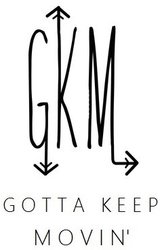
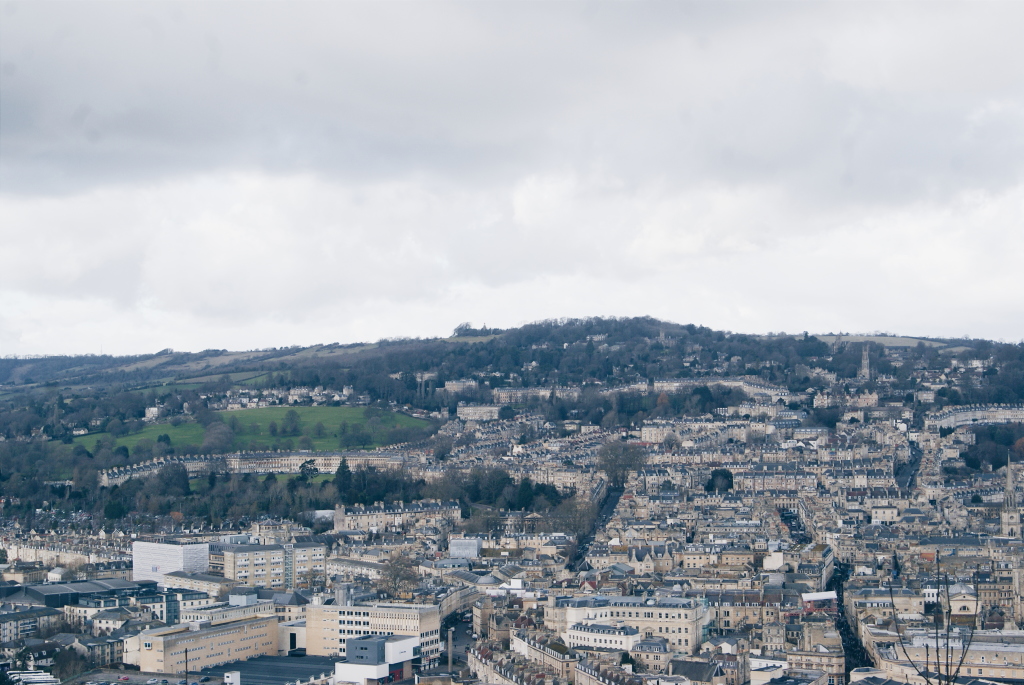
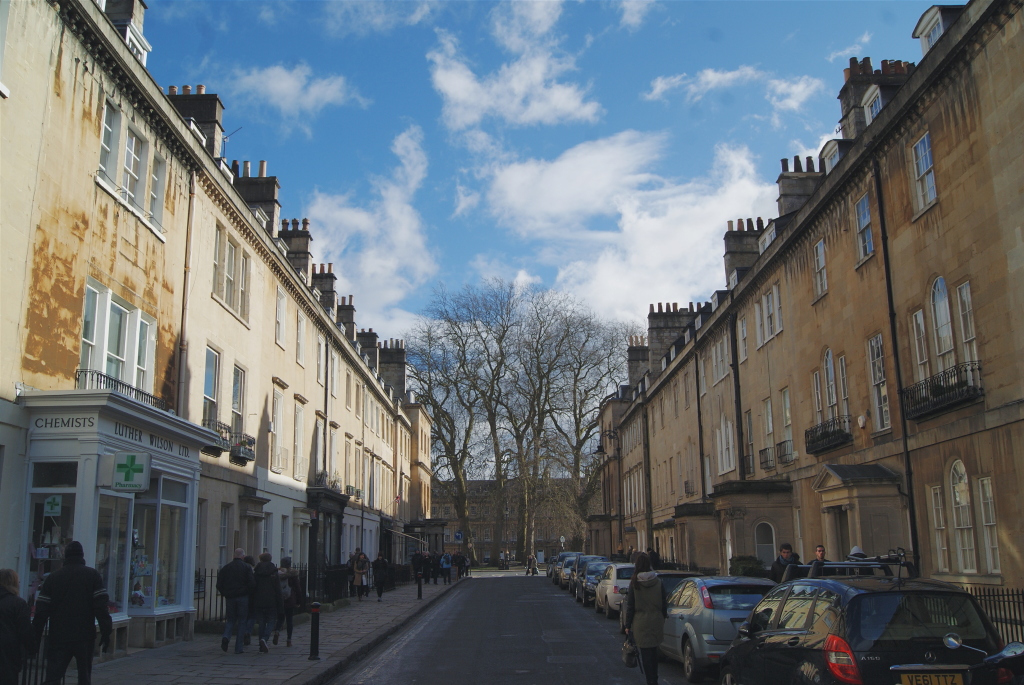
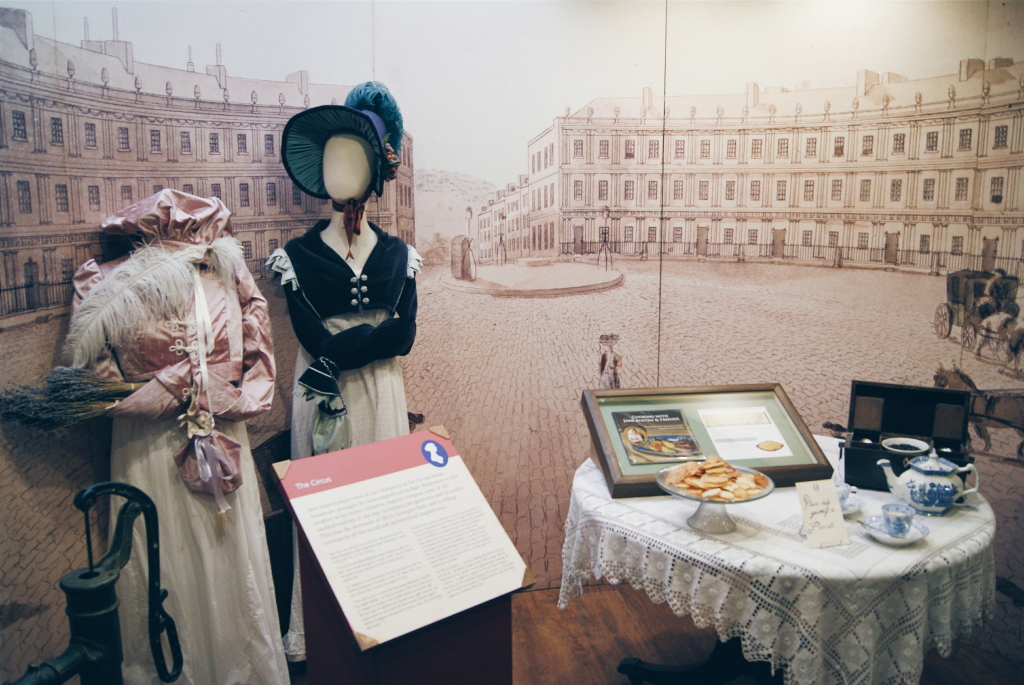

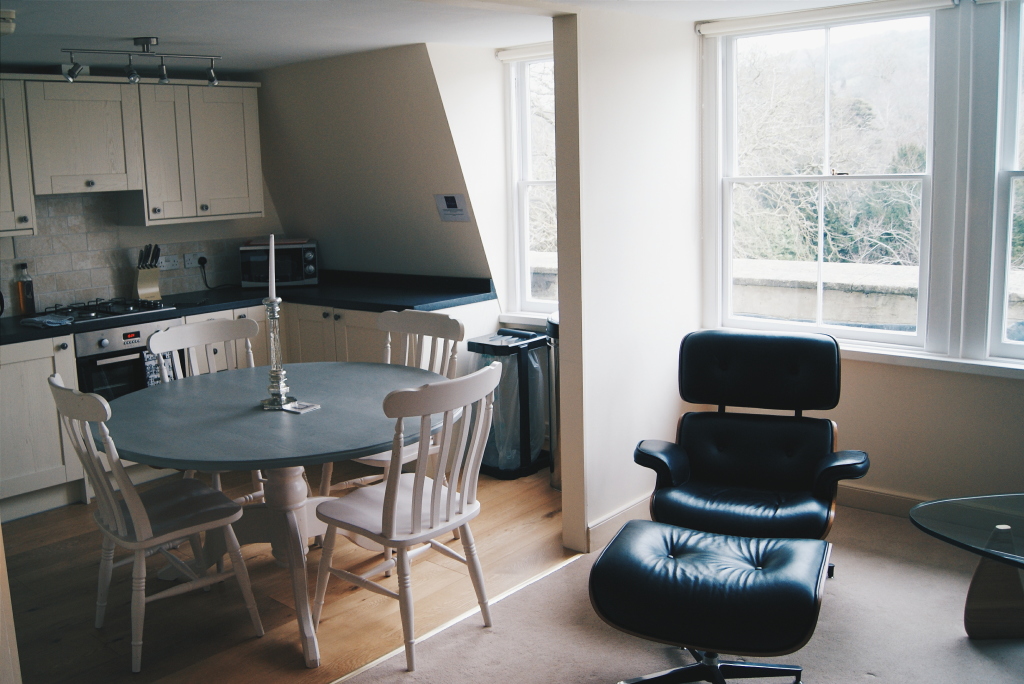
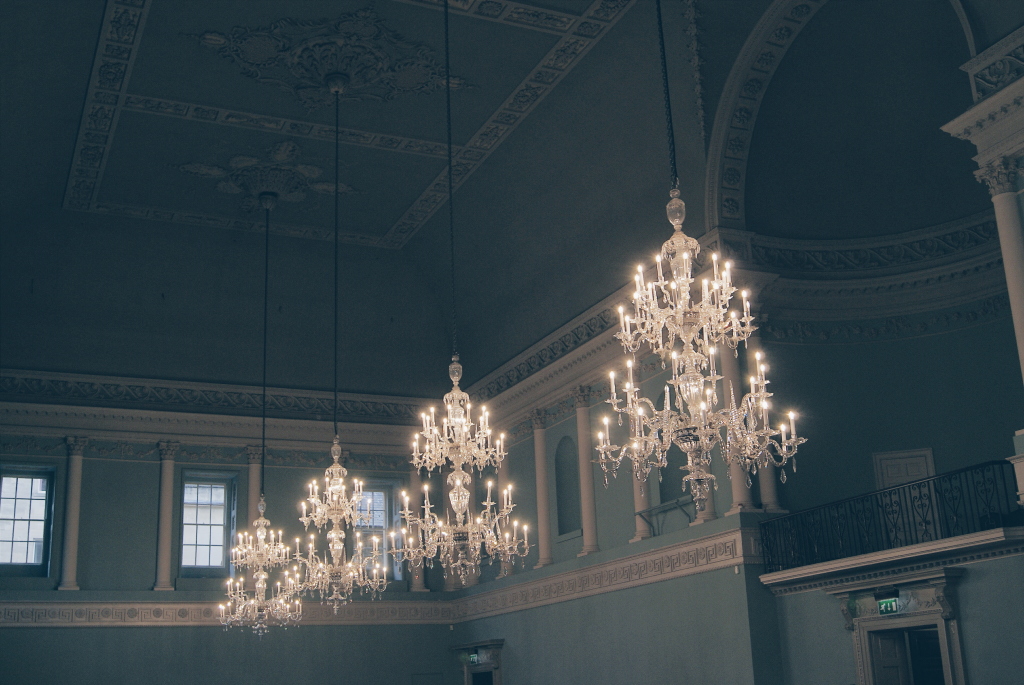
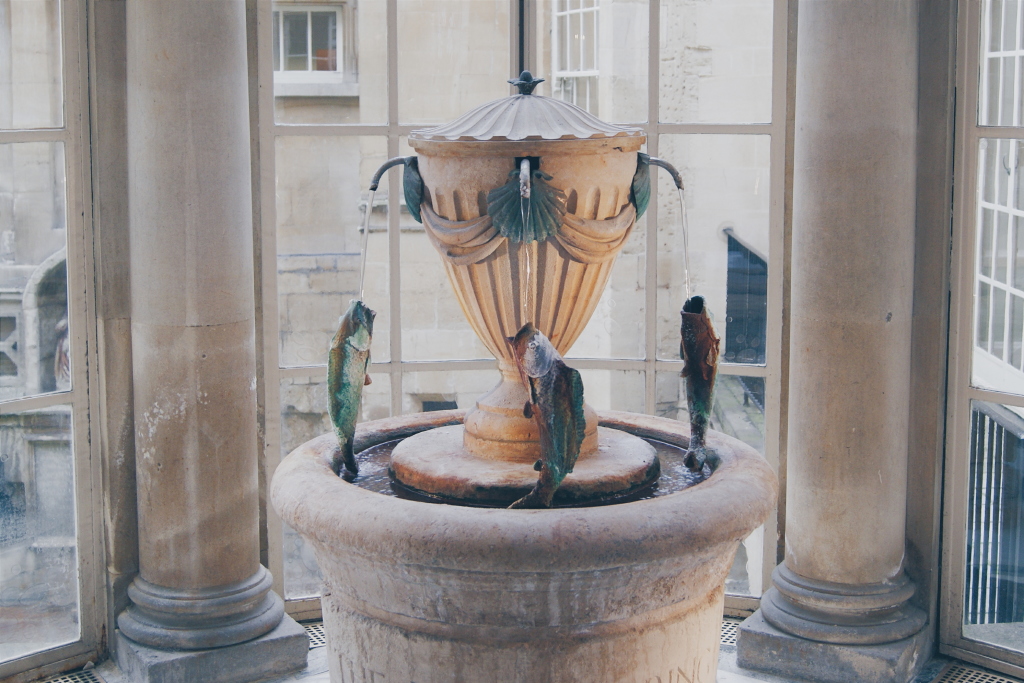
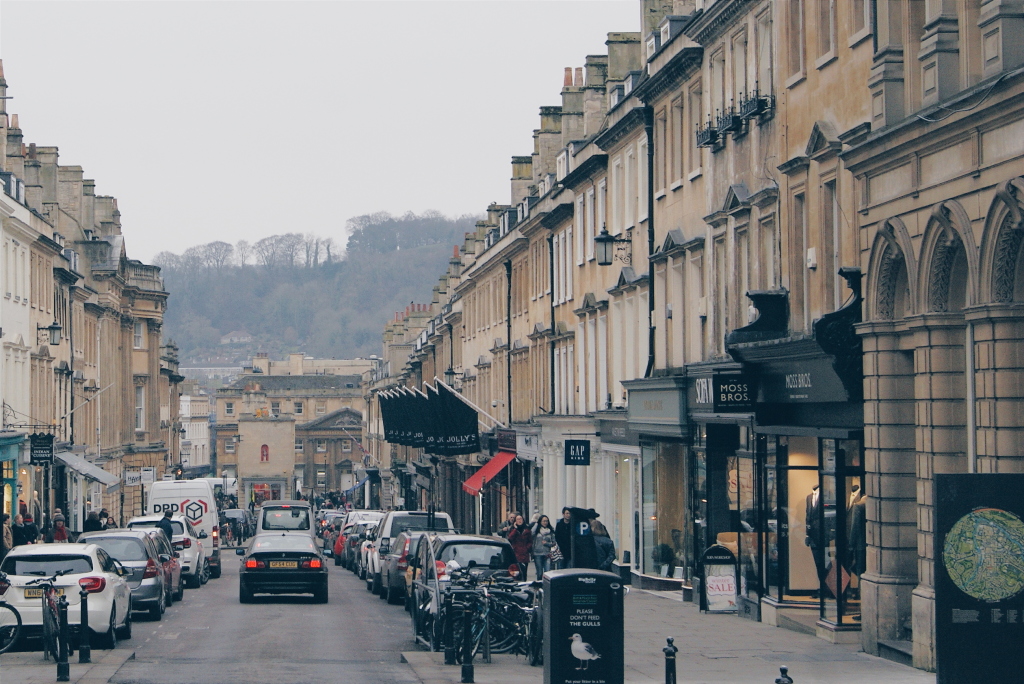
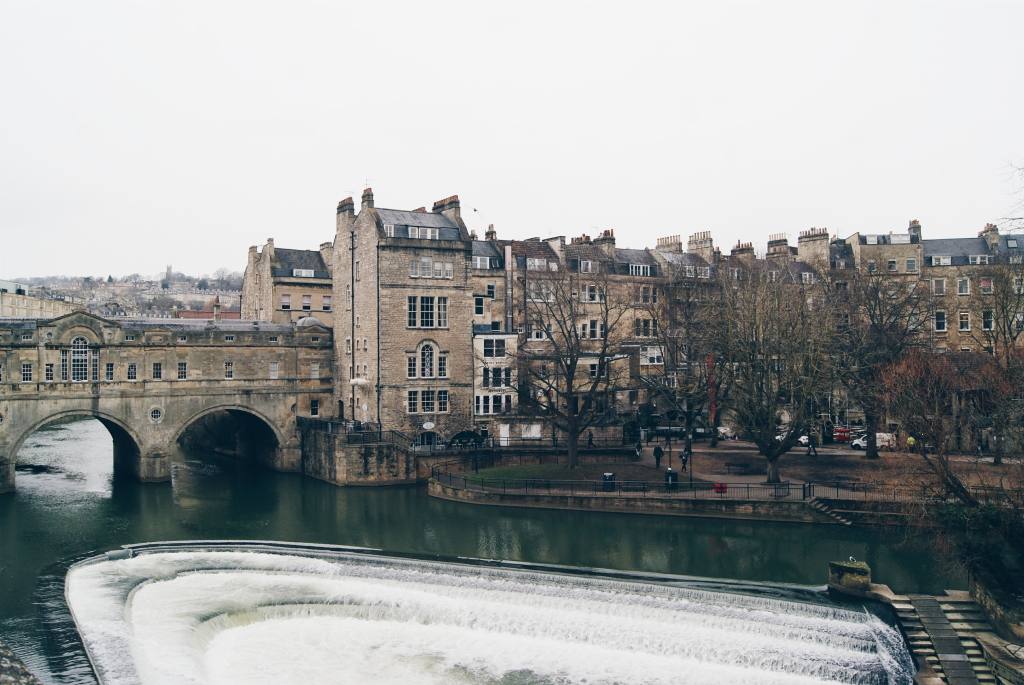
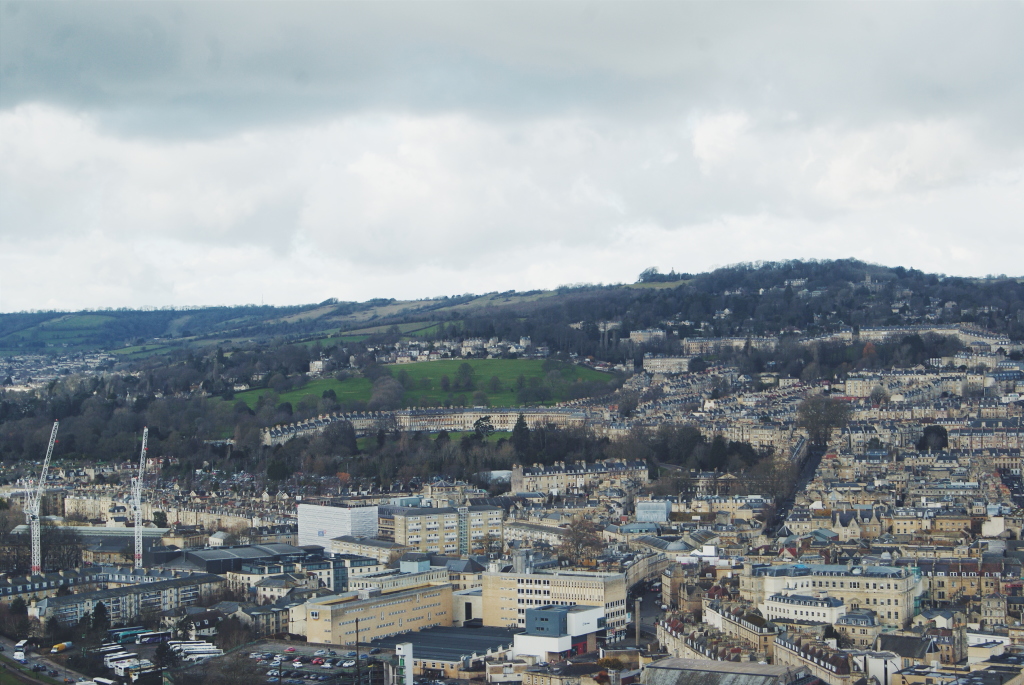

[…] notable people have lived here, perhaps most famously Jane Austen who wrote two books while living in Bath – Northanger Abbey and […]
[…] that much, the city is deeply connected with her and her work. So any fans will want to discover Jane Austen’s Bath at a few key […]
[…] There’s a nice personal account of touring relevant parts of Bath by an Austen enthusiast here. It’s always a pleasure to visit Bath: fascinating glimpses of the backs of buildings as well […]
What did ladies carry while they walked in the public baths in northanger abbey
[…] It’s funny what draws me to certain blogs and posts. I found this one because the book my eldest and I were reading this week mentioned Jane Austen and her time in Bath. It is a great city and is a perfect place for a city break. And if you love the classics you’ll love reading this post from Emma Higgings, AKA @GottaKeepMoving. Put the kettle on and take 5 to enjoy The Ultimate Guide to Jane Austen in Bath. […]